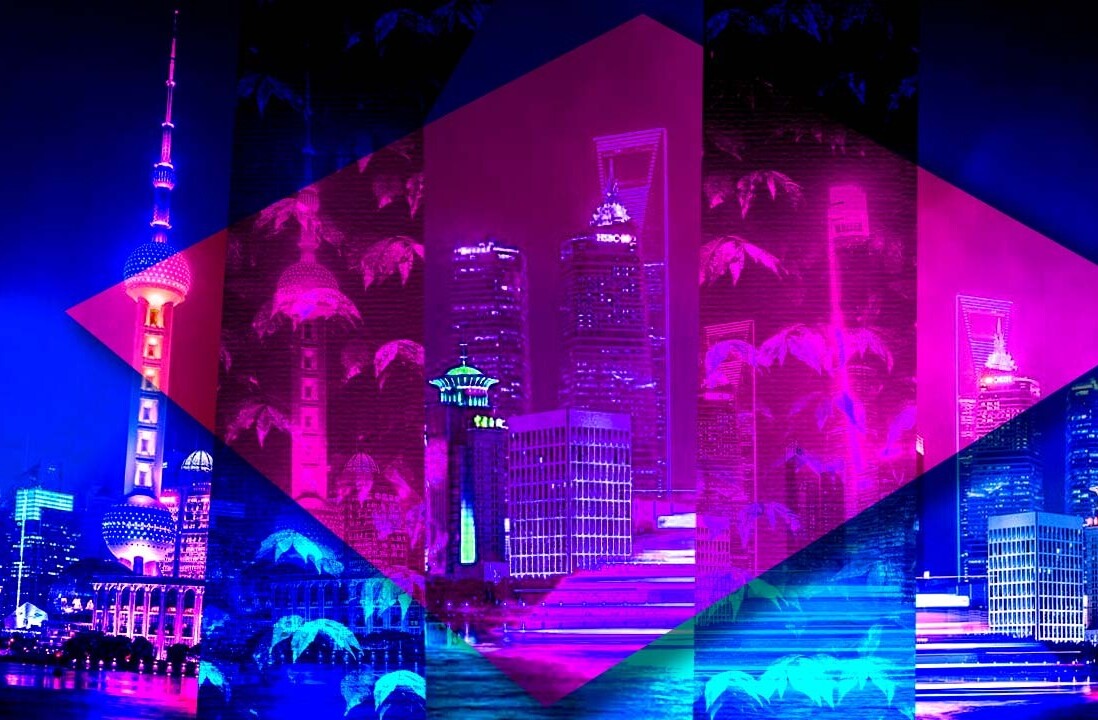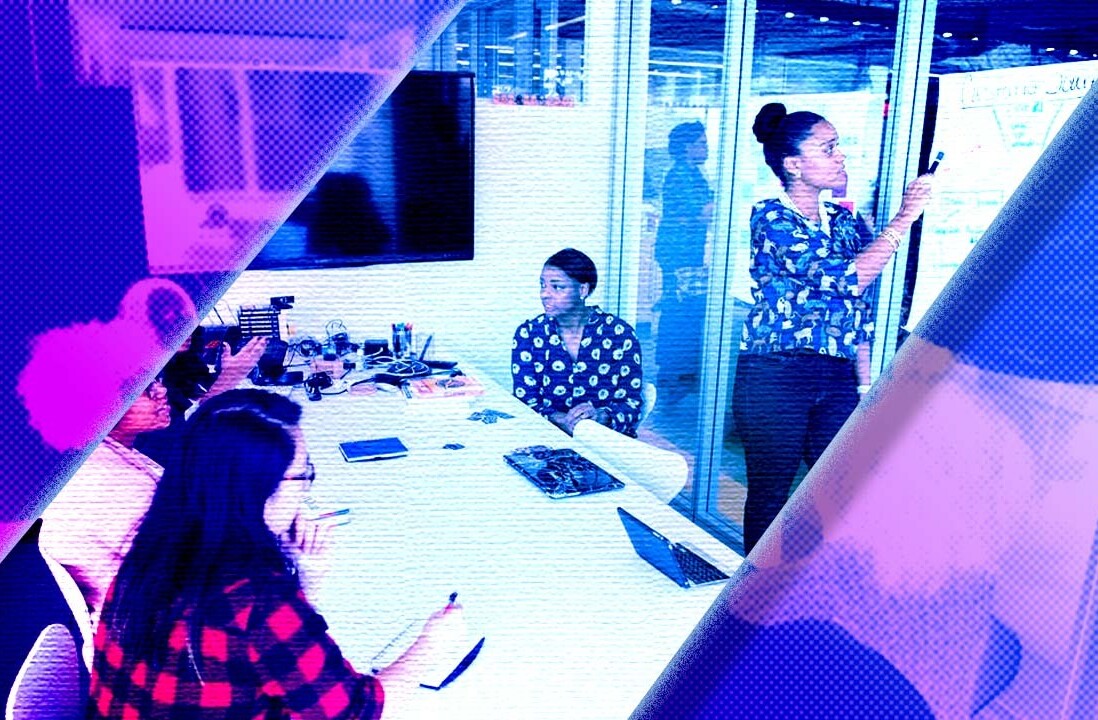
For too long, companies have relied on one quality in product design and delivery: newness.
And why not? Adding cool new features to hardware, software, and gadgets enables companies to sell more products, enter new markets and attract a more diverse set of customers. It puts a fresh coat of paint on established goods while promoting the idea that a brand is innovating rather than standing still. Plus, releasing features incrementally is more affordable than constantly reinventing the wheel.
All of that makes tremendous sense. The problem with incremental updates, however, is that they are typically so minimalistic in the advances they deliver that they do not always keep pace with changing consumer expectations around a product’s real value. That is, unfortunately, where many brands begin to stumble and lose relevance.
They get lost in the bits and bytes of their technology and overlook a critically important step of innovation: imbuing the essence of humanity into product development.
We are in an era where customer experience is king. Gartner even goes so far as to say it is the new marketing battlefront. Nine in 10 adults between the ages of 18 and 34 say they publicly complain and stop buying from a company if they have a bad online experience with a brand.
Similarly, 51 percent of consumers are more likely to buy from brands that send them personalized messages, such as product recommendations or special offers that take into account their previous purchasing and browsing behavior.
When design is driven by important human needs, increased customer loyalty and conversion results. In fact, Forrester research showed that user experiences can raise customer conversion rates up to 400 percent. This won’t come as a news flash to most marketers. But it is probably one of the most overlooked considerations for product managers who are often more concerned with meeting tight product delivery schedules for new features than with responding to consumer feedback in real time for the next iteration.
By embedding purposeful innovation in design — rooted in service to humanity — technology companies have an opportunity to transform while also becoming true partners in their customers’ lives.
Case in point: AI
In retail, we see this with AI trackers that map user behavior to inform store layouts and more. The clothing chain Uniqlo is experimenting with AI-powered kiosks that provide product recommendations after prompting users to respond to certain colors and styles. The real kicker? Shoppers don’t have to press any buttons; the machines work with neurotransmitters to pick up on brain signals.
Streaming platforms benefit from deeply understanding users as well. From emails alerting viewers of new arrivals to the suggestions for what to view next that pop up at the end of series, Netflix has excelled at using AI to make its product better aligned to its users.
Stand for something
Technology is not the only thing that informs consumer-driven design, however. We know, for example, that modern consumers care very deeply about brands that stand for something. They buy from or boycott brands based not only on the experiences they offer but also on where those companies stand on social issues.
Indeed, a survey found nine in 10 millennials, who are thought to spend $600 billion in the United States each year, would switch brands to one associated with a cause.
Increasingly, sustainability has become one such cause that consumers are putting their buying power behind. There is a huge opportunity, therefore, for companies to align more closely to customer thinking by designing products for the circular economy.
In doing so, brands decouple economic activity from the consumption of finite resources and instead design products from recycled materials that can be recycled again — continuously — when they reach the end of each life.
For instance, 3M announced late last year that in 2019, 100 percent of their products would include a Sustainability Value Commitment. The company produces more than 1,000 new products a year, all of which are now evaluated based on factors such as reusability, recyclability, water savings, and more.
Commitments like this are driving the future of humanity-driven design by answering consumers’ desire to live more sustainably with products that support that. In fact, the World Economic Forum and others are now talking about a Fifth Industrial Revolution, which builds on the emerging Fourth Industrial Revolution (robotics, artificial intelligence, augmented reality, virtual reality, and such) but adds “profit with a purpose” as a compelling factor.
By 2030, there will be more than three billion technology users globally. This is an irreversible trend and one that could deliver tremendous value to people everywhere. But this progress cannot go forward without deeply considering the role of humanity in our innovation.
Leading companies have vision. They look beyond immediate or incremental improvement opportunities and focus on what will drive lasting impact. They stay informed. Engaged. In touch with what customers care about, whether it’s great experiences or commitments to causes like the environment. What’s more, they leverage, rather than resist, change to create extended value and opportunity.
With accelerating and disruptive transformation all around us, the question becomes, “How can companies turn that into opportunity?” The answer is simple: embrace purposeful design — for the future of humanity.
Get the TNW newsletter
Get the most important tech news in your inbox each week.




